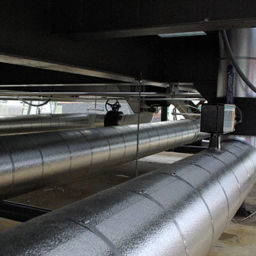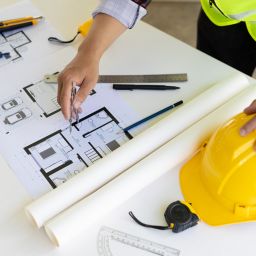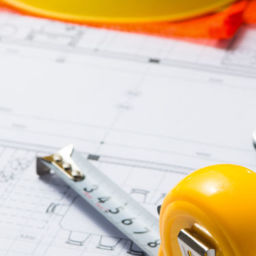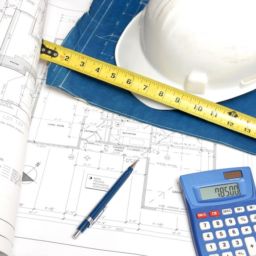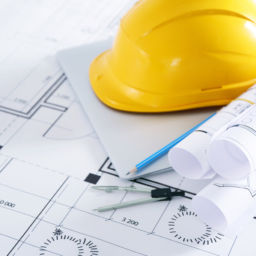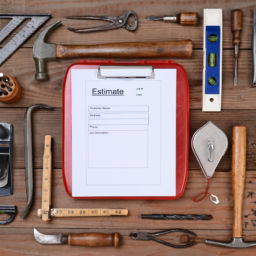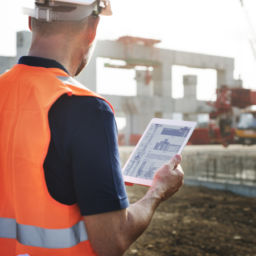Submission Steps, In my last blog, we outlined five basic steps to help make the Mechanical estimating process as stress free as possible. You can use these steps to establish and improve all construction estimation processes, not just M+E estimation or insulation estimation.
1. A day before the tender deadline, double-check your labour units.
2. Compile a list of all quoted material prices from all your suppliers.
3. Review all subcontractor package bids.
4. Make sure your overheads % and profit margins are up to date and in line with your goals.
5. Before submitting your tender, double-check all of your includes and excludes, adds and omits..
In this blog, we will discuss the next five steps that will help you improve your mechanical estimating, electrical estimating or your insulation estimating or even all 3 of them!
![]() Submission Steps
Submission Steps
Step 6: Get final quotations from all suppliers.
List all the suppliers you wish to receive a quote from. Enter them into your spreadsheet as line items and arrange them according to their source. When you skim through the spreadsheet, you will be able to see whose prices you have received and whose prices you haven’t.
There are reasons why you should do this:
First, you can easily compare them and include the price that is best for you. Or, if you have not received the quote, you can chase them up and ask them to send the quote over to you. It gives you a birds eye view of the state of play.
Second, if you have a chance of winning on the M+E project, you may be called to the discussion table a few days later. The client may ask you to slightly revise your mechanical estimate, which usually entails bringing your price down. In this case, you will have to engage in some better buying and you can easily find the providers, talk to them and agree on a number that is good for both of you. Same goes for your subbies.
One last, but vitally important thing. Make sure you ask and account for any upcoming increases which may come into effect during the programme of the job. Even if they can’t tell you what increases because they havent been announced yet, use previous increases as a benchmark and add them to the job.
Eg – if the last few years materials have gone up circa 10% per year, then make sure you forecast that increase into your proposal so if your job starts in a year’s time and then goes on for a year, add in at least 20% onto your material costs!
Step 7: Understand the difference between scope and proposal.
A proposal without a price is just a scope of works. Ideally, the scope of works should be submitted at the beginning of the tender process or at least 24 hours or before your actual price is submitted..
You need to do this because it gives you more time for consultation i.e it will allow your clients to quickly check your allowing for the right services, areas etc and will allow them to correct you if you are making incorrect allowances or non allowances. This could save you a ton of time on say a residential development where you’re only required to do the mechanical estimating on part of the project only but your mechanical estimator was going to take off the entire plot because your client sent you across every single file in existence related to the project!
Plus, if your clients have questions, they will also have enough time to contact you and you will be able to respond to their inquiries in a timely manner.
On the delivery day, before submitting your proposal, change the name of the document to Tender Proposal from Scope of Works.
Step 8: Check the latest addendums.
If you started the M+E estimation a few weeks before the deadline, you may have received and reviewed all the addendums in time.
However, you may not have much time in your hands if you just stumbled across the project with only a few days left for the bid deadline.
Irrespective of when you came across the job, always ensure that you have downloaded and reviewed all the addendums. Ask your client for them, specifically the most recent ones.
On the morning of submission, keep an eye out for any last minute addendums. There have been times when the main contractor releases attachments at the last minute and extends the bidding deadline.
You definitely do not want to submit your Mechanical and Electrical estimate first, without having reviewed the latest appendix. It may affect your M+E estimate. So make sure you have all appendices related to the project. Always pay attention to any last-minute releases.
Step 9: Create a checklist
Create a simple spreadsheet check list of services, packages ,quotes required, standard equipment. This will prevent you from forgetting about essential parts of the tender as you are forced to physically go through the checklist. Its very easy in mechanical estimating to forget something. Don’t try and store it all in your head! If you want to get your hands on our template please email us on Enquiries@chaseestimating.com and we will send you across ours that you can use for free.
Step-10: Use words, not just numbers.
When submitting a mechanical estimating bid, input your final price in both number and written form in your proposal.
This simple step will come to your rescue when, for example, you come up with a mechanical estimate, of say £1,300,000 for a project, but miss a zero while entering it into your proposal. Obviously this could be a very costly mistake if somehow that managed to get to order stage. So write it out as One Million, Three Hundred thousand pounds.
If you enter the number in two formats and they do not match, the client will notice the error. They can call you to ask which is correct. Therefore, be sure to write it down in words and in numbers and always ensure that they match.
Also, when emailing your proposal, before attaching it, make sure to match the number on the spreadsheet with the proposal. If you’re seeking for estimating software that you can use to estimate projects on your own, then contact us here because we have special discounted prices with a leading estimating software provider in the UK.
Submission Steps, In summary:
For every M+E or insulation estimator, the last few hours before the deadline is always the most stressful. Therefore, use these steps to create a process and implement it in each project. Even if you only use some of them, they will likely help you become more organised and submit more accurate, more competitive tenders.
Strive to establish a strong quality assurance and M&E evaluation process that you will never diverge from. It will help you operate efficiently and with almost no errors. Make it a habit, that way you don’t have to think about it, you will do it automatically. Write it all down, make it into a checklist and give it to your estimators to tick off before they start and before they submit the project.
Submission Steps, How we can help
With more than 50 years of combined experience in mechanical estimating, electrical estimating and insulation estimating, we at Chase are happy to help you meet your estimation needs.
We can assist your in-house team to ease their workload or we can act as your estimating department and help you win more tenders for less cost. Our team of qualified estimators will carefully process and analyse your project to provide you with sound Mechanical, electrical or insulation estimates.


 Submission Steps
Submission Steps 